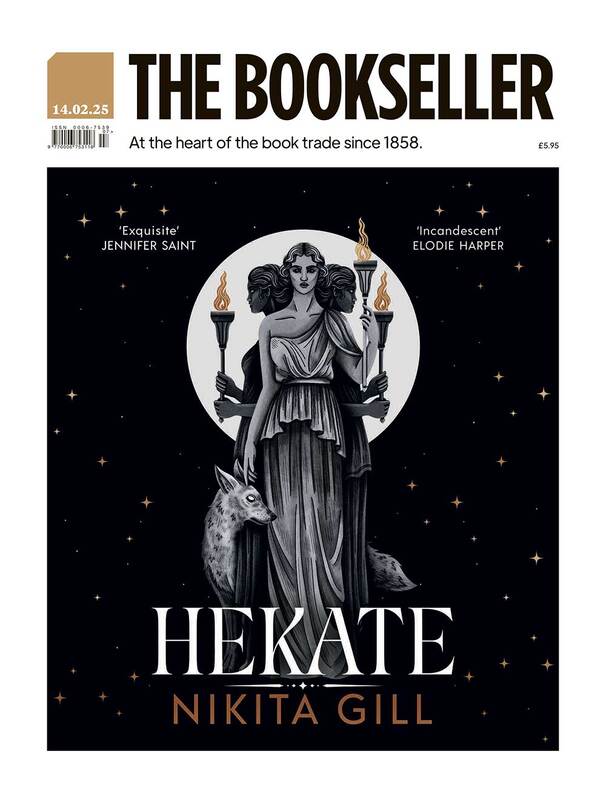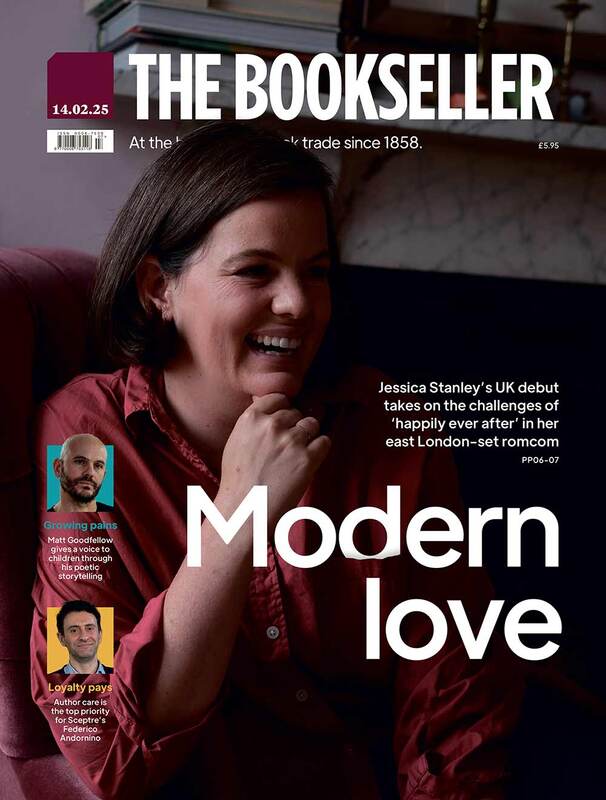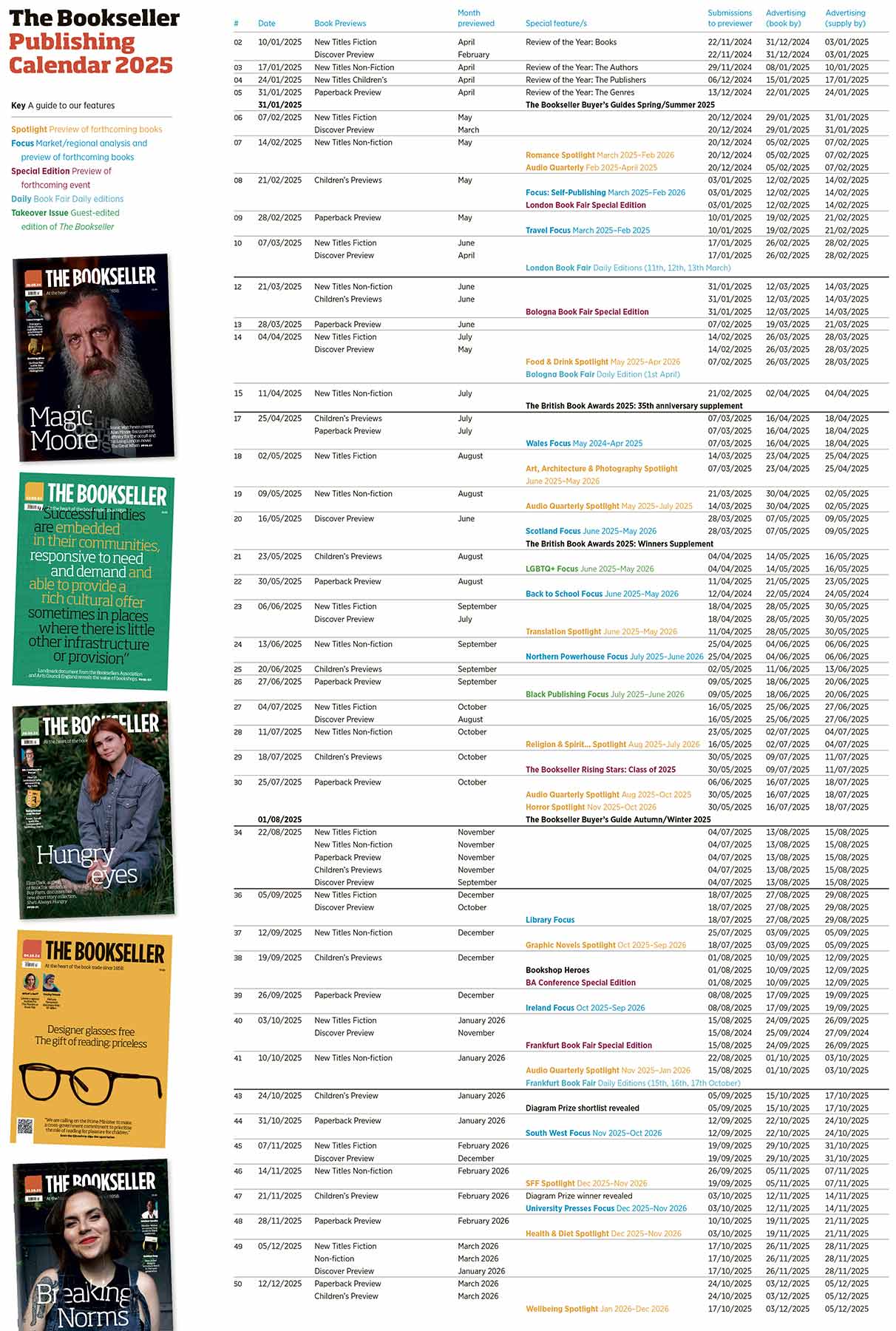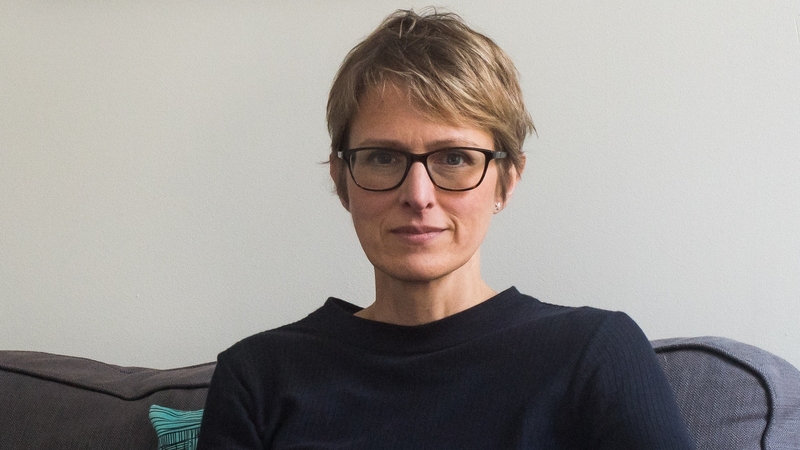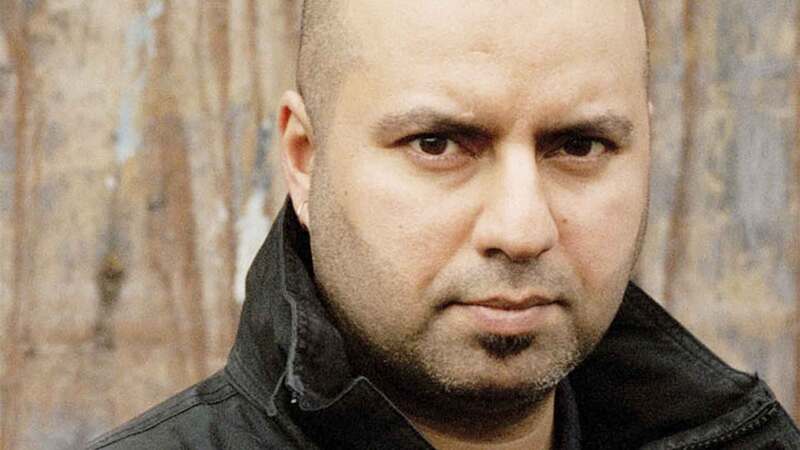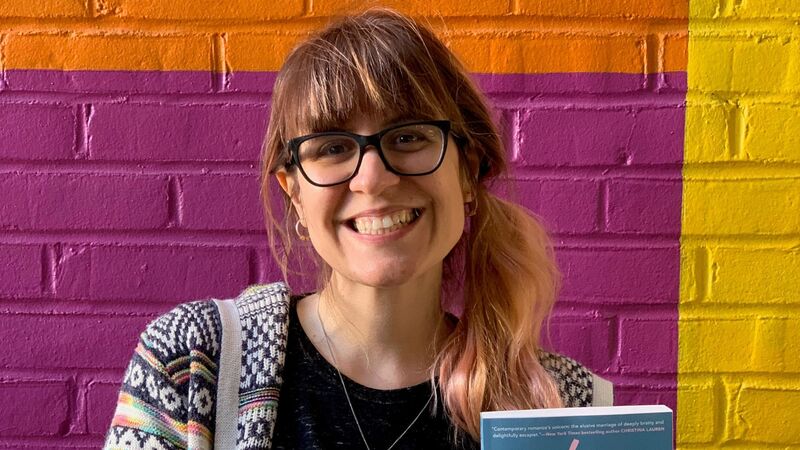You are viewing your 1 free article this month. Login to read more articles.
The rise of the micro influencer
Travel and reading are two of my biggest passions and I try to combine them as much as possible by finding books set in interesting places I’d like to go. One destination on my hit list is Ulaanbaatar, so when a travel blogger I follow on Instragram raved about a fictional trilogy set in Mongolia, it wasn’t surprising that I downloaded all three books there and then.
This in itself isn’t unusual. By my reckoning, at least half of my reading list comes from recommendations—either through friends or family or from what people I follow on social media are reading. I also have my go-to authors who make up the other half of my reading catalogue. Clearly online influencers play quite a big role in my purchasing decisions when it comes to literature, and I’m not alone—49 per cent of consumers depend on influencer recommendations and 40 per cent go on to make a purchase.
A great way to promote a new author or a new book is to get people talking online. Fifteen years ago getting a slot in Richard and Judy’s Book Club was the holy grail. Today it’s equally important to get a listing on Amazon Book Review or a mention on Savidge Reads—or indeed to gift copies of your latest release to every "Love Island" celeb in the hopes they are snapped reading it on one of their many holidays.
However, is this the right approach? Our new research potentially suggests not.
Every year we carry out an Influencer Marketing report surveying the opinions of over 1,000 influencers and 200 brands, which helps identify the emerging trends in the industry. The rise of the micro- and mid-level influencer is one of major themes in influencer marketing for 2019. Respondents to the survey say that they are shunning social media celebrities and macro influencers (people with 200,000 to 500,000+ followers) in favour of influencers with a smaller (between 2,000 and 200,000 followers), but more engaged following.
The reason? Because they are perceived as having a greater engagement with their following and are therefore deemed more trustworthy. And trust is proven to be a key factor in making purchasing decisions.
So should the book industry be doing the same?
Self-publishers are certainly utilising micro-influencers effectively. They don’t have a budget to pay influencers so they naturally go to smaller ones—ones that perhaps don’t charge for collaborations. Whilst they might not be reaching 300,000 people through just one hit, they are reaching this volume by picking off lots of relevant influencers with more intimate followings—and it is paying dividends.
One example is John Churchman, who self-published a child’s picture book after failing to get a publishing deal, had it featured on a number of blogs including Elizabeth Bluemle’s. This was picked up by ShelfTalker and not only did consumers rush to buy a copy, offers from publishers poured in, too.
A similar scenario for Alison Carmen, author of The Gift of Maybe. Unable to find a publisher she went down the self-publishing route and, whilst most media outlets were uninterested in publicising her book, bloggers and small influencers welcomed it. This eventually led to the book reaching #1 on Amazon’s free bestseller list for self-help books. More than 29,000 copies were downloaded and she was inundated with offers from publishers.
In a world where reaching new audiences is crucial for publishing houses, these case studies should be an important lesson. For instance: when Lee Child’s new book, Blue Moon, launches in October, the temptation might be to be punt it out to the most ‘influential’ book bloggers in order to raise awareness of its publication. However, it is likely that by doing so the same audience that purchased Past Tense, Child’s 2018 thriller, will be reached.
The key is in finding niche influencers who will reach different people, ones that may not have read a Child novel. Very little has yet been released about the new book’s plot, but oftentimes the eponymous hero, Jack Reacher, spends time in a particular place in America. Micro and mid-level influencers from this area could be contacted and asked to promote it to their local followings—who wouldn’t want to read a novel set in their local neighbourhood? And it doesn’t just have to be geographically based. Think segmentation 101: if the story contains a plot about animals, reach out to influencers that blog about animals; if it contains martial arts look for Taekwondo experts and so on. When you scratch the surface there are literally hundreds of thousands of different opportunities, just waiting to be tapped.
Another benefit of using micro and mid-level influencers is that blogging is often their livelihood so they care very much about the collaborations they make. Social media celebrities and macro influencers have other revenue streams meaning collaborations tend to be simply transactional, resulting in less investment in the quality of the content they are posting. Consumers aren’t stupid, and the whole value of influencer—as opposed to the press—revolves around transparency and authenticity.
Influencer marketing has long been a legitimate route to market for booksellers. However, as our latest report suggests, 2019 is the year for publishers of all sizes to tweak their strategies and focus on more, but smaller, influencers who can bring books to new audiences—with a passion that punches well above their weight.
Caroline Duong is CEO of ZINE, an influencer marketing technology platform that brings together brands and influencers.

